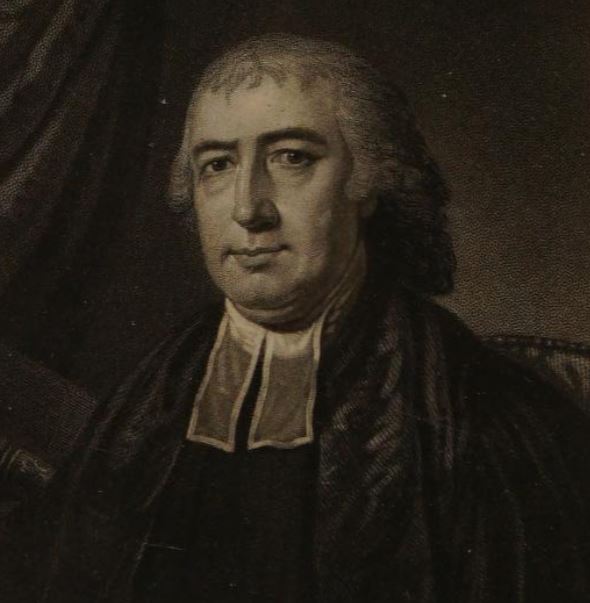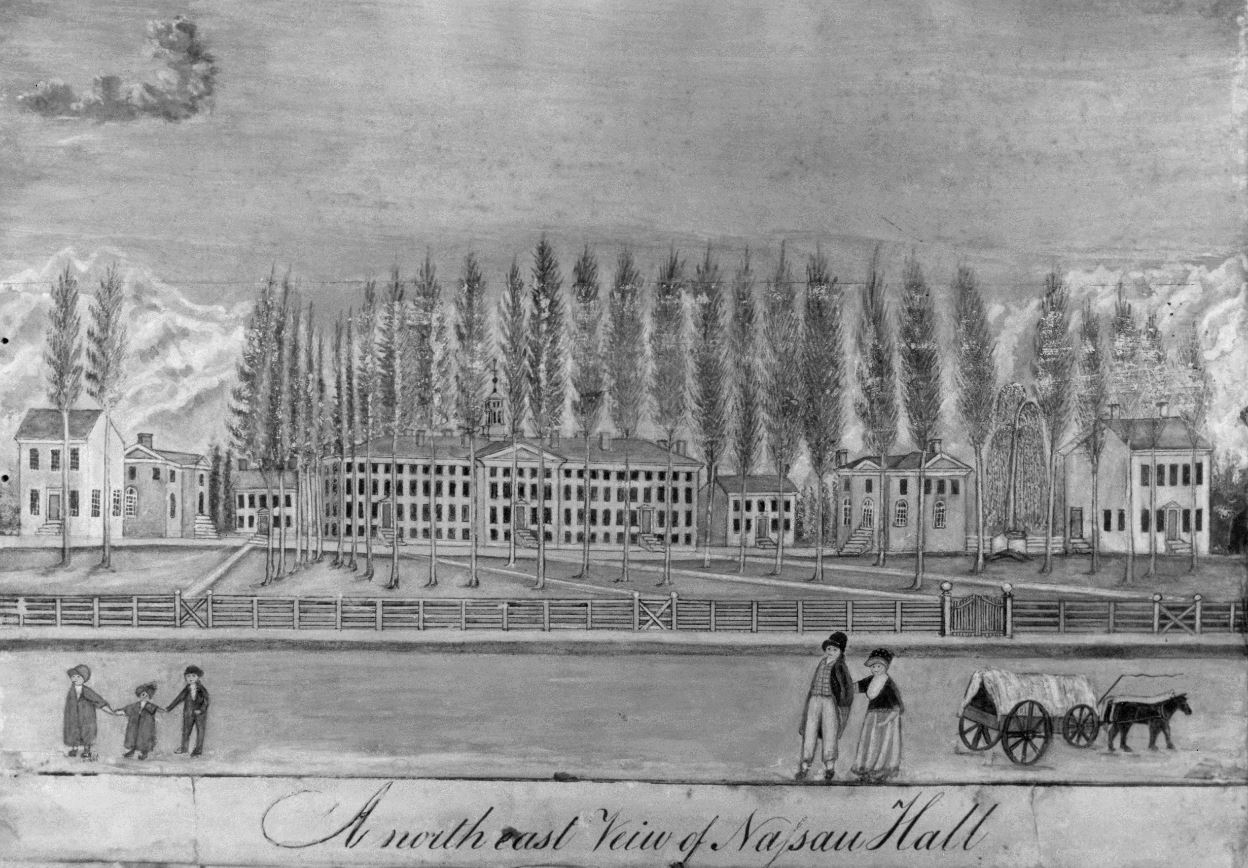

Introduction
During the winter and spring of 1815, a revival was experienced among the student body of the College of New Jersey (known as Princeton University since 1896).

President Ashbel Green
College of New Jersey
The report on this revival, written by Ashbel Green V. D. M., then president of the college, was brief but illustrative of what transpired.
Extraordinary Prayer
For over one year prior to the start of the revival a small group of students had “been earnestly engaged in prayer” for revival.
The faith these students had in their prayers was demonstrated by them speaking privately to their fellow students, and their efforts were, almost on every occasion, met with success in producing conviction of sin and a turning to God.
Two of the students who committed themselves to Christ began to testify to others, and it was through their witness that many others turned to Christ.
Worship Services of College Students
As a result of the church in town catching fire and burning down 2 years earlier, the college students had worship services separately from the people in the town, holding meetings in the prayer hall at the college.
These segregated worship services allowed for the topics preached on to be specifically geared toward the students, greatly benefiting the groundwork for the revival that was being prayed for.

1825 Drawing of Nassau Hall
How the Revival Came
For almost one year prior to the commencement of the revival there was a gradual building of interest in spiritual matters. Though attendance at religious services wasn’t mandatory, “a very large portion of the students” attended, and they had “more than ordinary seriousness.”
Whether church services were held on Sundays or other days of the week, there was great interest in the students to be present.
It was the 2nd week of January 1815, when it was said that:
The divine influence seemed to descend like the silent dew of heaven.
Leading up to this moment, there were no:
► Unusual community or national events
► Extraordinary sermons
► Special instructions in preparation for something to occur.
Almost without exception, every person at the college became:
deeply impressed with a sense of the importance of spiritual and eternal things.
There was scarcely a room—perhaps not one—which was not a place of earnest secret devotion.
For about 2 months this “divine influence” gripped the college. During that period, it appeared as if the entire student body was “pressing into the kingdom of God.” After those 2 months the awareness of God’s presence dissipated, with the report then stating that more than 40 students “have been made the subjects of renewing grace” [born again], with 12-15 more hopefully taking steps toward Christ.
Special Efforts Used to Stimulate the Revival
► Sunday morning sermon topics were selected with the express purpose of addressing the student body’s needs and experiences.
► Every Tuesday there was an evening teaching given by the president of the college, with the topic again being chosen specifically to address the students’ current experiences and to enhance the revival’s impact and depth of influence.
► Every Friday night there was a gathering in which one of the college professors gave a teaching.
► Every night of the week there was a “Family Prayer Meeting,” as the students called it, wherein the students prayed among themselves.
► There was prayer scheduled every Saturday night, after which a teaching was given, with the topic being selected to address the prevailing revival conditions.
► Students met throughout the week, sometimes in small groups, and sometimes in private with faculty members. These meetings were for prayer and counsel for those desirous of being saved, as well as for those having other questions.
► Discipleship of New Christians: The president of the college wrote a several-page document to give guidance and counsel to new believers. The student’s spiritual development was not left to chance.
Results of the Revival
► The college boasted an enrollment of 105 students, and when the revival began there were only 12 students who claimed to be “professors of religion” [born again]. After the revival the majority of the student body “appear to possess much tenderness of conscience and show a very desirable regard to religious duties and obligations.” (The Presbyterians at the time were reluctant to claim that anyone was truly saved.)
► There was confidence in stating that 40 were born again during the revival, with another 12-15 taking steps in that direction.
► There was no divisiveness among those of different denominations, even though 4-5 denominations were represented among the student body.
► Bible studies played a major role in leading many to Christ, with the students being highly engaged in this practice.
► Private and public discipline of students was very effective in maintaining the revival’s stability.
► The college’s regular class schedule was maintained throughout the revival.
Efforts to Prevent Wild and Unruly Extremism
Ashbel Green, like many staunch Presbyterians involved in revivals, took steps to claim that the revival was “remarkably free from extravagance and enthusiasm.” That statement was his effort to preemptively answer potential questions that could arise from his peers about extreme and unruly behavior, like what was claimed to have happened a few years earlier among Presbyterians (and others) during the 1800 Red River Revival, and the 1801 Cane Ridge Revival.

Sources
► A Report to the Trustees of the College of New Jersey by Ashbel Green
► Ashbel Green by Wikipedia
► Princeton’s Revivalist Roots by Thomas Breidenthal
► Princeton University by Wikipedia
► The Life of Ashbel Green by Joseph H. Jones
Return to List of Revival Stories
Chet & Phyllis Swearingen:
Office: (260) 920-8248
romans1015@outlook.com
Beautiful Feet
P.O. Box 915
Auburn, IN 46706

